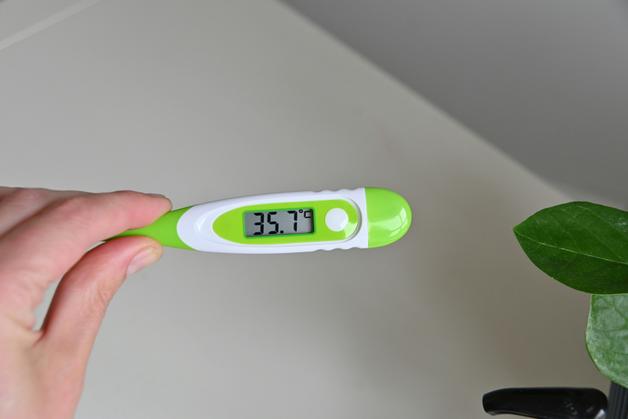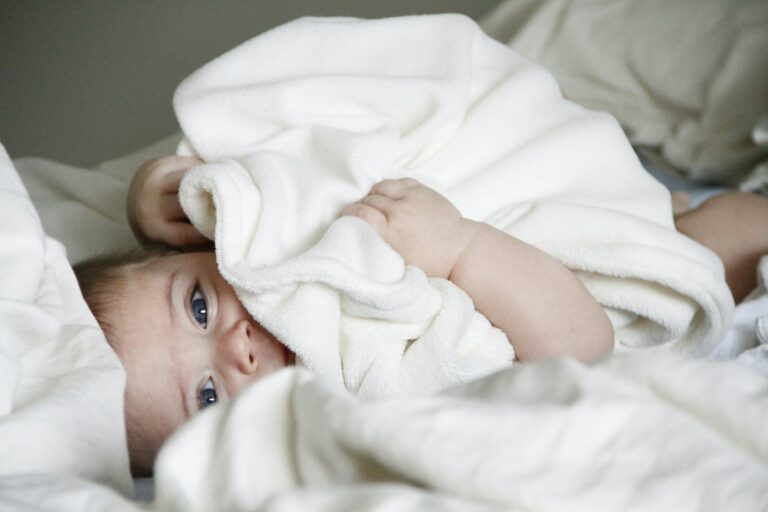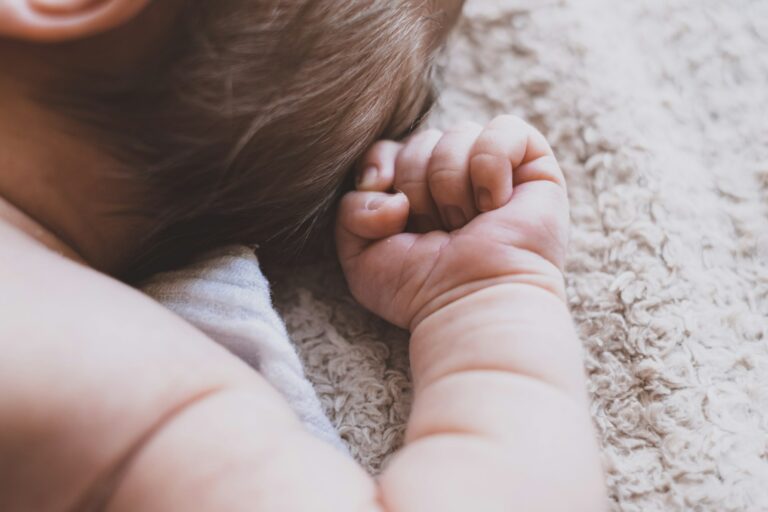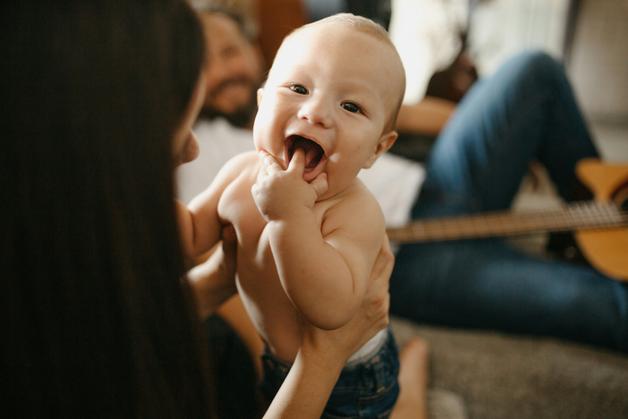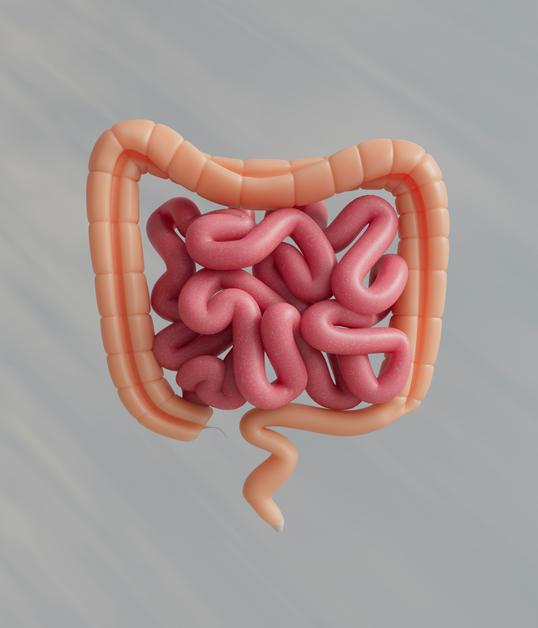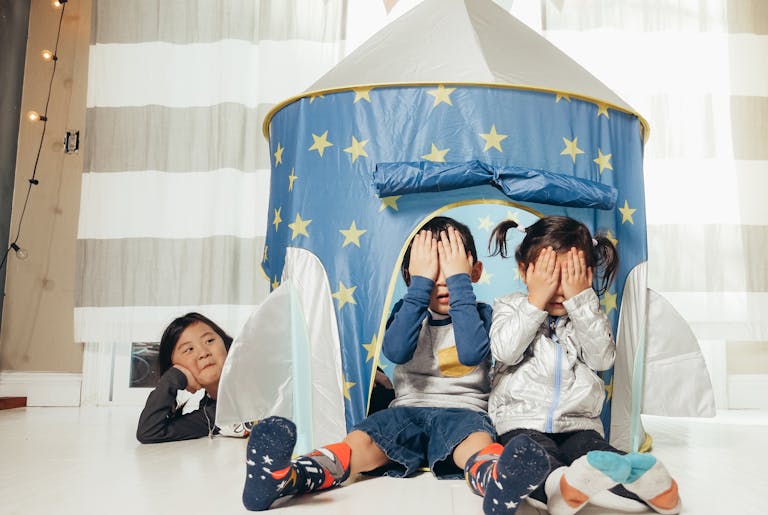Tiny hands wrapped around your finger, delicate eyelids fluttering during deep sleep—yet, in the whirlwind of early parenthood, a slight change in your child’s body temperature can summon immediate concern. Baby temperature—those two words alone—have a way of making even the calmest parent pause. Is your baby too warm under the blanket tonight? Or feeling chillier than expected in an air-conditioned room? The quest for answers is universal. Amidst runny noses, unpredictable weather, late-night comforting, and silent worries, understanding when a fluctuation is normal and when to take action feels daunting. Parents constantly wonder: What is a normal baby temperature? Which readings require close attention? Should I bundle up my baby if their hands are cool? Here’s a comprehensive exploration, revealing not just numbers and charts, but the very physiology behind thermoregulation, practical advice for measuring, methods for soothing fevers, and the delicate balance needed during sudden temperature drops.
Baby Temperature: What Is Normal and Why It Matters
A normal baby temperature nestles in the range of 36.4°C to 37.9°C (97.5°F to 100.2°F), with variations based on where you measure—rectal, axillary (armpit), or temporal (forehead). The science here is finely tuned. At this age, even mild deviations pull on a thread leading to discomfort, fussiness, or, sometimes, invisible risks. But what determines this fragile equilibrium?
Babies don’t have the mature thermoregulation system found in older children or adults. Instead, their bodies struggle to adapt quickly to cold or heat—a result of higher skin surface area-to-body-weight ratio and thin skin, both of which increase heat loss. Add in the unpredictability of activity, clothing, or environment, and baby temperature can swing rapidly. Imagine an air-conditioned room, or several layers of clothing—both could nudge your baby’s body outside the comfort zone. Pale skin, lethargy, or unusual irritability are early warning signs.
How Do You Measure Your Baby’s Temperature Accurately?
Understanding Thermometers—Much More Than a Gadget
Gone are the days when mercury thermometers were the default. Today, digital options—rectal, underarm, or temporal artery—bring both safety and precision. Why is the rectal thermometer regarded as the most accurate for infants? It directly measures core temperature without being skewed by ambient air, clothes, or recent feeding. For babies under 3 months, a rectal temperature is highly recommended.
- Rectal: Ensures accuracy, especially in newborns and young infants. A normal rectal reading is between 36.6°C and 37.9°C.
- Axillary (underarm): Slightly less precise, but less intrusive. Normal values hover around 36.5–37.2°C.
- Temporal (forehead): Useful and quick for older infants, yet small errors may occur due to movement or sweat.
- Digital: Always the preferred choice—fast, reliable, and safe.
Tips worth their weight in gold:
- Always read the manufacturer’s guide.
- Clean thermometers pre- and post-use.
- Use separate thermometers for different body sites to prevent cross-contamination.
- Calm moments—like after a bath or before sleep—yield the most reliable readings.
Does your child wriggle away at the touch of a cold device? A little distraction—a gentle song, talking softly—helps.
Recognizing and Responding to Abnormal Temperatures
Signs That Deserve Your Attention
A baby temperature reading below 36°C (96.8°F) is alarming—and points to hypothermia, a state where the body cannot retain sufficient warmth. Conversely, 38°C (100.4°F) and above signals a fever—a physiological response to infection or sometimes other triggers, such as immunization. But what happens inside the infant body? Fever represents an immune response, a “resetting” of the hypothalamic thermostat, producing shivers, flushed cheeks, and sometimes that glazed look which tells every parent something’s off.
Symptoms to look out for:
- Intense, prolonged crying
- Unusually pale or mottled skin
- Lethargy or decreased activity
- Lack of appetite or reduced feeds
In hypothermia: Add thin clothing layers, gently adjust environmental temperature, and employ skin-to-skin (“kangaroo care”) for warmth. Never resort to hot water bottles or abrupt warming measures—infant skin, delicate as silk, can easily burn.
Fever in Babies: What Parents Need to Know
The Science of Fever—A Protective Mechanism
Did you know that a modest rise in baby temperature might be the body’s way of fighting off invading germs? Fever—defined as above 38°C—signals the immune system is active. Often, infections stand at the root, yet after vaccination (routine in infancy), a low fever can manifest and recede within a day.
Controversy sometimes brews on the question: Does teething cause “real” fever? Scientific consensus leans towards “no.” Mild warmth, yes; true fever, almost never.
Keep an eye out for:
- Flushed cheeks and shivering
- Poor sleep
- Reduced number of wet nappies (may indicate dehydration)
- Dry lips, sunken fontanelle
Prompt attention is mandatory for rapid breathing, rash not fading on pressure, seizures, or if any emergency signs appear. Trust your intuition as a caregiver—if something feels wrong, swift consultation with a medical professional is best.
When Is Emergency Help Needed?
The numbers speak volumes. For babies under three months, even a baby temperature reaching 38°C or dipping below 36°C merits a medical check, as immunity is less robust and infections escalate quickly. In older infants, persistent fevers above 39°C (102.2°F), labored breathing, or refusal to feed require urgent evaluation.
Do you see a stiff neck, blue lips, unresponsive gaze, or a seizure lasting over five minutes? These moments demand rapid action—reach out to emergency services immediately.
Keeping Your Baby Comfortable: Day-to-Day Tips
- Dress in light, breathable layers—one additional layer is sufficient.
- Monitor room temperature—aim for 20–22°C for sleep.
- Opt for sleep sacks and firm mattresses, avoiding loose bedding.
- Stay clear of direct heat sources and avoid drafts.
- Fluid intake—especially during or after fever—is vital. Babies may not always seem thirsty but require regular feeding, whether breast milk, formula, or water (for those over 6 months).
- Note changes in urine output or fontanelle appearance.
Skin-to-skin contact does wonders—regulating baby temperature, reducing stress hormones, and supporting parent-infant bonding.
Managing Temperatures at Home
Hydration remains the most important remedy. Babies over six months can be offered small sips of water, while younger infants continue with breast milk or formula.
Medications:
- Paracetamol (acetaminophen) — for fever or discomfort, but only after professional recommendation and for infants over two months.
- Ibuprofen — suitable after six months, on advice from a healthcare provider.
- Steer clear of aspirin due to the risk of Reye syndrome.
Inappropriate practices like cold baths, alcohol rubs, or excessive clothing should be firmly avoided.
It is worth repeating: treat fever only if your baby is genuinely in distress—fever itself, as a symptom, is often self-limiting.
Prevention Strategies: Building a Healthy Routine
- Adjust clothing with seasons and room conditions.
- Use a room thermometer—don’t guess at “comfortable.”
- Ensure regular feeds and offer extra fluids in heat or illness.
- Monitor for sweating, chills, or reduced wet nappies.
- Foster a calm routine while checking temperature; emotional temperature matters too.
A written log—simple, on paper or phone—tracking temperature, symptoms, feeds, and reactions to medicine proves invaluable during medical consultations.
Key Takeaways
- Baby temperature normally sits between 36.4°C and 37.9°C. Outside this, careful observation is warranted.
- Measurement technique matters—rectal readings are most dependable for infants.
- Watch for non-verbal cues such as pale skin, relentless crying, or behavioral shifts.
- Adapt your baby’s clothing and surroundings to ensure comfort while avoiding extremes of heat or cold.
- Medical professionals remain your best partners—consult them for temperatures outside the safe range, continued vomiting, lethargy, feeding refusal, or any other unusual symptom.
- For ongoing well-being, download the application Heloa for tailored advice, health questionnaires, and support.
Questions Parents Ask
How often should I check my baby’s temperature?
There’s no single answer valid for every situation. If your child seems well and energetic, routine checks aren’t obligatory. Check more often if the little one feels warm to the touch, seems restless, uncomfortable, or is different from usual. Illness calls for more attentive tracking—perhaps before naps and night time. Most of all, balance the thermometer’s numbers with what your intuition tells you about your baby’s state.
What causes low temperature in babies?
A baby temperature dropping below normal—medically termed hypothermia—often follows exposure to cold, insufficient clothing, or in certain cases, underlying illness or infection. Newborns, adjusting slowly to the world’s temperatures, are especially vulnerable. If your baby’s temperature goes under 36°C and is coupled with poor feeding, drowsiness, or decreased responsiveness, slowly warming and a professional opinion become the logical next steps.
Can teething cause a fever in babies?
Many parents observe that teething periods bring fussy nights and a mildly warmer forehead. It’s normal. However, research states that teething itself almost never triggers a “true” fever (above 38°C). If higher temperature persists or other symptoms—like long naps or feeding difficulties—emerge, consult your pediatrician to rule out infection or other concerns.
Worries about baby temperature can steal your peace of mind, but informed actions, calm observation, and access to sound resources empower you to act with confidence when it matters most.
Further reading:

